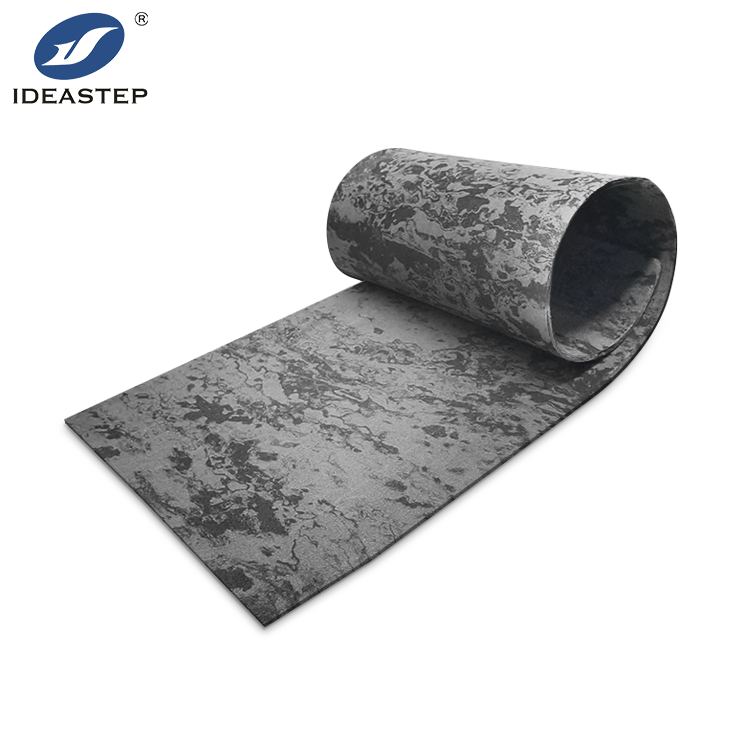When choosing EVA material insoles, comparing different grades is essential to ensure the best fit for specific needs. This article explores the factors to consider when comparing various grades of EVA material insoles.

Understanding EVA Material Grades
Ethylene Vinyl Acetate (EVA) material comes in different grades, each offering unique characteristics:
- Density: Higher density EVA provides more durability and support, suitable for high-impact activities.
- Softness: Softer EVA offers enhanced comfort and cushioning, ideal for everyday use or sensitive feet.
- Elasticity: More elastic EVA material allows for greater flexibility and movement, beneficial in dynamic applications.
Key Factors to Compare
When comparing different grades of EVA material insoles, consider the following factors:
- Performance: Evaluate how each grade performs in terms of comfort, support, and durability based on intended use.
- Cost-Effectiveness: Balance between the initial cost and long-term benefits such as lifespan and performance.
- Customization Options: Availability of customization in terms of thickness, hardness, and design to meet specific requirements.

Choosing the Right Grade for Your Needs
Ideastep offers a range of EVA material insoles tailored to different grades and specifications, ensuring businesses find the optimal solution for their customers.

Conclusion
Comparing different grades of EVA material insoles allows businesses to make informed decisions based on performance, cost-effectiveness, and customization options.
